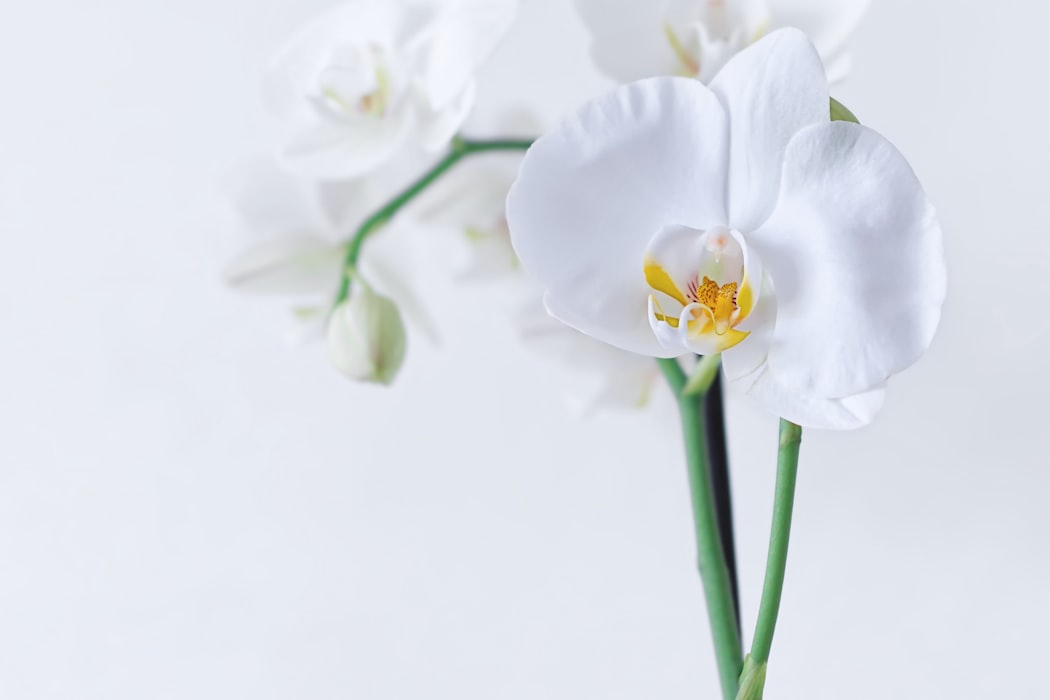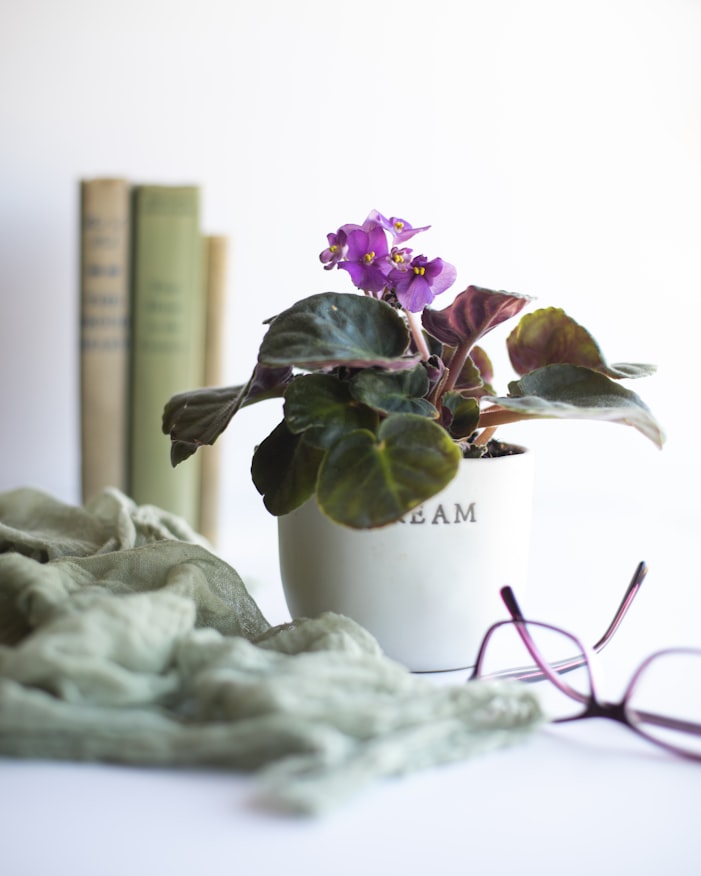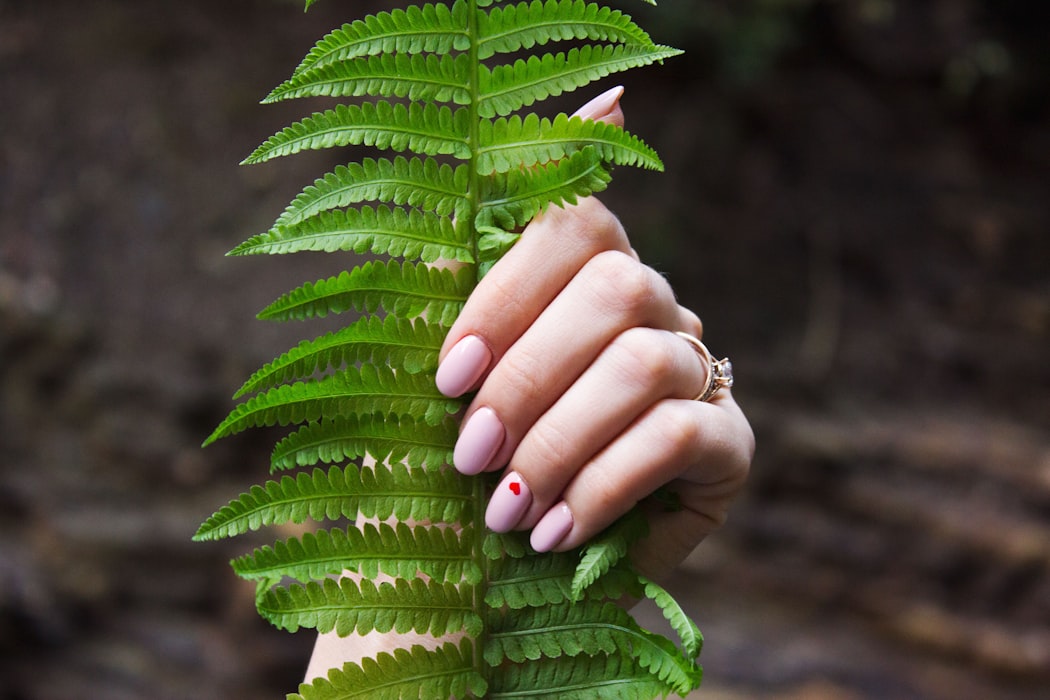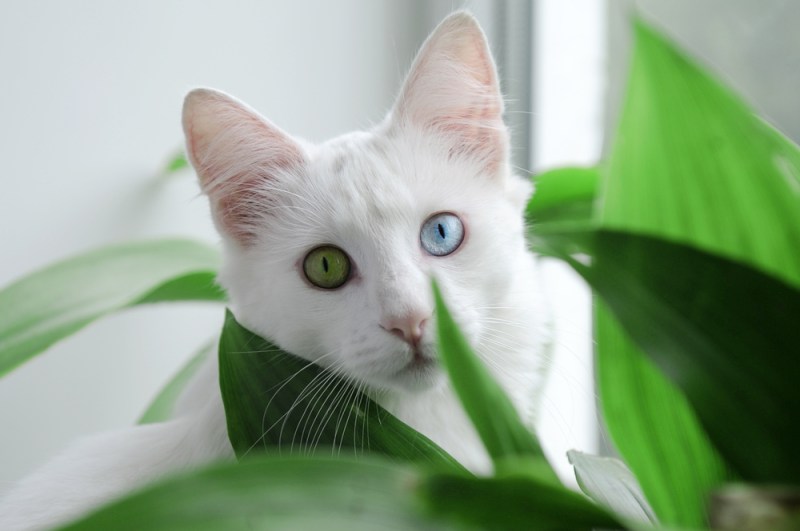Spider Plant

These long, spindly-leaved plants looked great in your mom’s kitchen, your grandma’s kitchen, your great-grandma’s kitchen…you get the point. Spider plants are classic houseplants with NASA-verified air-purifying abilities and a unique, timeless aesthetic. The best part? Your kitty won’t be harmed when they inevitably bat, bite, or play with the spider plant’s long, arching foliage.
Cast-Iron Plant

Black-thumbed gardeners/devoted cat parents, rejoice, this is the plant for you. The cast-iron plant or Aspidistra elatior has glossy, dark green leaves and requires little to no maintenance—in fact, these highly dependable houseplants practically thrive in neglect. Good thing, too, because we know most of that nurturing energy is going straight to your precious baby angel kitten kids.
Venus Flytrap

If you’re in the market for something exotic, why not go full alien? A Venus Flytrap is a carnivorous relative of the Sundew plant. This otherworldly plant might look dangerous, but only to the stray unlucky fly; venus fly traps are 100% non-toxic to cats (aka the second line of defense against that annoying fly that’s been buzzing past your ear for the last two weeks).
Haworthia

Many people love the prickly-leaved, Southwestern look of the aloe vera plant, but while these plants have been traditionally used in human medicine for years, they can be fatal to felines. Enter Haworthia, an aloe vera lookalike dupe that is easy to maintain and non-toxic.
Phalaenopsis Orchids

Just because many vibrant blooms are toxic to cats doesn’t mean you have to choose between your feline companion and a house full of gorgeous flowers. Brighten up a room and keep your fur-baby safe with Phalaenopsis or moth orchids. These exotic blooms are no-muss, no-fuss, and offer dazzling displays of flowers year-round.
Purple Waffle Plant

Featuring crinkly leaves saturated with a rich, aubergine purple color, the purple waffle plant is a safe, low-maintenance, and aesthetically-pleasing houseplant to add to your feline-friendly collection. Its broad leaves also make the purple waffle plant an excellent air-cleanser, working to keep the air you and Kitty breathe free of volatile organic compounds.
Bamboo

Though traditionally considered an outdoor plant, sturdy bamboo can be cultivated indoors for an eccentric splash of color and texture. Different species of bamboo require different indoor care, but generally, bamboo plants are sun-loving, luck-bringing plants that won’t pose a threat to any of your more curious critters.
African Violets

If orchids aren’t your style, but you’re still itching for an eye-catching petaled centerpiece for the dinner table, consider African violets instead. These dainty, easy-to-grow houseplants produce clusters of white, blue, or purple flowers over a bed of fuzzy, deep green leaves. No need for multiple trips to the florist, either—pet-friendly African violets will continue to bloom on their own with minimal care.
Boston Fern

As gorgeous on a windowsill as they are hung from the ceiling, Boston ferns are a quintessential houseplant that poses no threat to felines and doggos. The lush foliage transforms a normal room into a sanctuary fit for Mother Nature herself. Their natural humidity-restoring qualities are also great for those who suffer from dry skin, frequent nosebleeds, or chronic sore throats.
Royal Velvet or Purple Passion

Royal velvet plants or Gynura aurantiaca are known for their unusual velvety foliage. Striking magenta “hairs” coat the leaves of this novel houseplant, making it an eye-catching addition to any room. While the fuzzy plant is non-toxic, its small, orange-yellow flowers are stinkier than they are pretty and should be trimmed as necessary.
Bromeliad

Despite their flamboyant, lavish appearance, bromeliad plants are some of the easiest to grow indoors. Even the blackest of thumbs can cultivate these leafy, long-lasting blooms. The best part? Bromeliads don’t need deep pots or thick potting soils, cutting down on the likelihood that your precious, always well-behaved (/sarcasm) cat-child will track soil through the house.
Nettle “Baby’s Tears”

Not to be confused with baby’s breath, which is toxic to cats, baby’s tears is an equally questionable-sounding plant that’s far safer for feline friends. The dainty, round leaves of this creeping plant resemble emerald green clover and make a beautiful statement in hanging pots, walls, or pinched in decorative countertop pots.
Calathea or “Prayer” Plants

Calathea plants belong to the Calathea genus, a group of neotropical perennials that feature broad, ornate leaves that range in pattern from pinstriped to spotted. The waxy leaves can be muted olive, rich emerald, or inky hunter’s green, and some are even filled in with rosy pinks and creams. A true show-stopper that can effortlessly blend into any aesthetic, Calatheas also pose no threat to cats or dogs. Score.
Banana Plant

An indoor banana plant might not yield bunches of ready-to-eat fruit, but its commanding appearance makes this non-toxic houseplant an excellent year-round statement piece. A dwarf banana plant variety is a great alternative to larger houseplants like weeping figs (ficus) that are poisonous to cats and dogs. The fountain-like tower of leaves also works to purify and add oxygen to the air.
Gloxinia

The floral lovechild of a Mandevilla, peony, and violet, flowering gloxinias offer dazzling blooms in red, purple, pink, and white. Once considered a re-flowering perennial, these African violet relatives are now bred as quick-flowering hybrids that offer a stunning two-month show of non-toxic, velvety flowers before the plant is discarded at the end of the bloom cycle.
Peperomia

Known for its big, fleshy leaves covered in striking, ornamental designs, the Peperomia plant is not only safe for your pets; it’s also safe from your pets. The rugged, hardy composition of these rubber plant look-a-likes make them immune to batting paws, knocked over pots, and any other damage caused by a crazed cat at 2am.
